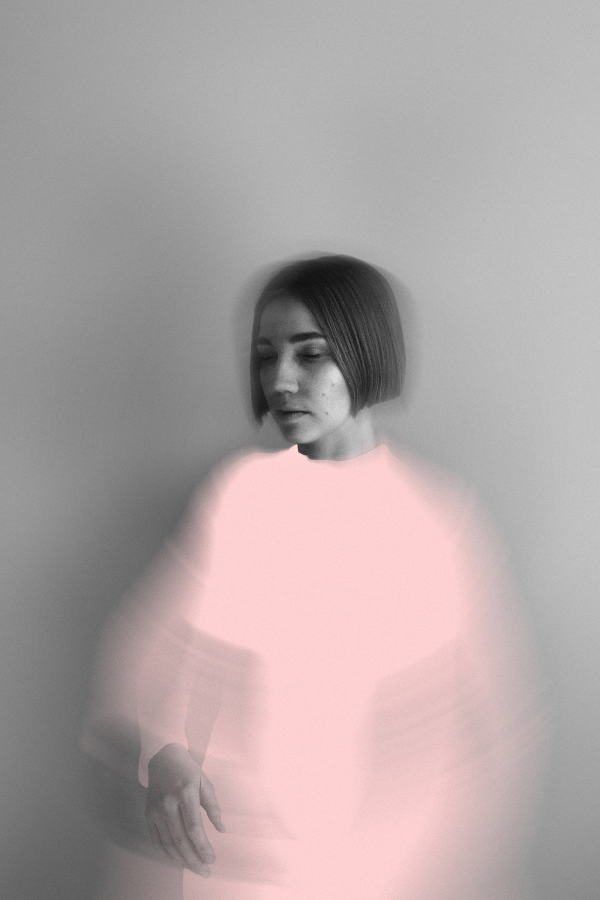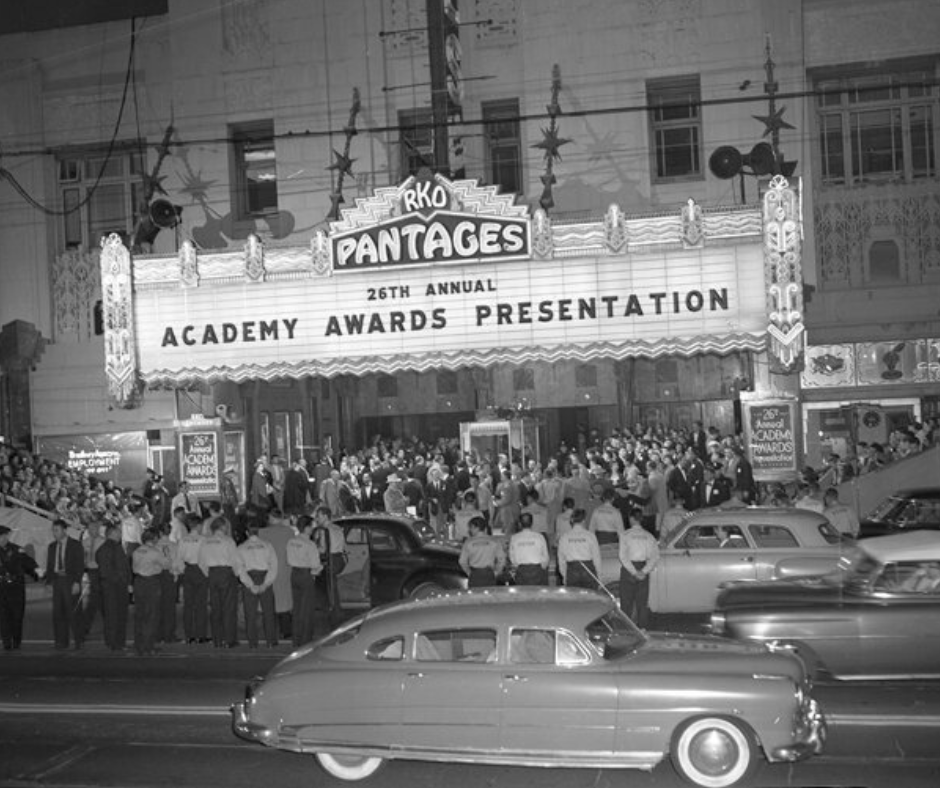
Paris Art Museums: Our Selections from La Ville-Lumière
Summary
Reflection Questions
Journal Prompt
Paris—often hailed as La Ville-Lumière or the City of Light—stands at the forefront of global culture and artistry. Its landscape, steeped in history and creativity, is punctuated by an array of art museums—each playing a pivotal role in preserving and showcasing the city’s rich artistic heritage. In this article, we will provide a comprehensive list of art destinations in Paris—offering a curated guide for enthusiasts and scholars alike who seek to navigate and appreciate the depth and diversity of Paris’s art museums. This journey through Parisian art spaces not only highlights the city’s prominence in the world of art but also serves as an accessible portal to the very soul of Parisian culture.
Historical Context
Brief History of Art and Museums in Paris
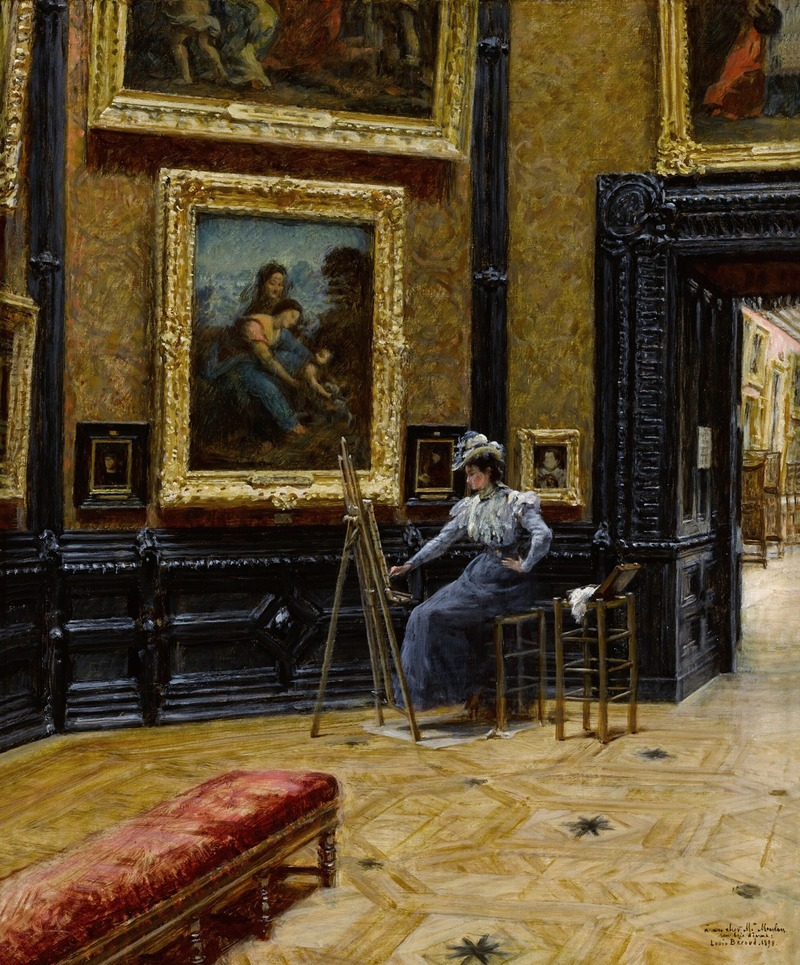
The origins of Paris’ entwinement with art trace back centuries—firmly establishing the city as a cradle of European artistry. Initially, Parisian art flourished under royal patronage, with the Louvre itself beginning as a royal palace before its transformation into a public museum during the French Revolution.
This pivotal event marked a democratization of art in Paris, setting a precedent for public access to art collections. In the 19th century, the city witnessed the rise of art movements like Impressionism, with artists such as Monet and Renoir finding inspiration in the Parisian landscape. Museums subsequently evolved to preserve and showcase these artistic revolutions, creating spaces where art from various eras and movements could coexist and be appreciated by a wider audience.
Evolution of Paris as a Center for Artists and Art Collectors
Over the centuries, Paris developed a magnetic pull for artists and collectors worldwide—evolving into a hub where creative minds converged. The city’s artistic aura was fueled by its academies, salons, and later, the bohemian neighborhoods like Montmartre and Montparnasse. These districts became breeding grounds for artistic innovation, attracting figures like Picasso and Dalí.
The influx of artists and their works led to the establishment of numerous galleries and museums, not only to display but also to preserve these treasures. The culture of art collecting in Paris, initially a pursuit of the elite, gradually became more inclusive, reflecting a broader range of styles and perspectives.
Role of Parisian Art Museums in the Global Art Scene
Parisian art museums hold a significant place on the global stage. Institutions like the Louvre, Musée d’Orsay, and Centre Pompidou are not merely repositories of art but are also instrumental in shaping art history and discourse. These museums offer comprehensive narratives that span from ancient civilizations to contemporary art movements, influencing both the academic and popular perceptions of art.
Their collections and exhibitions often set global trends, and the museums serve as vital research centers for art historians and scholars. Additionally, Parisian museums play a crucial role in international art exchanges, hosting exhibitions that draw works and curatorial expertise from around the world, further solidifying Paris’ position as a linchpin in the global art community.
Major Art Museums
Louvre Museum
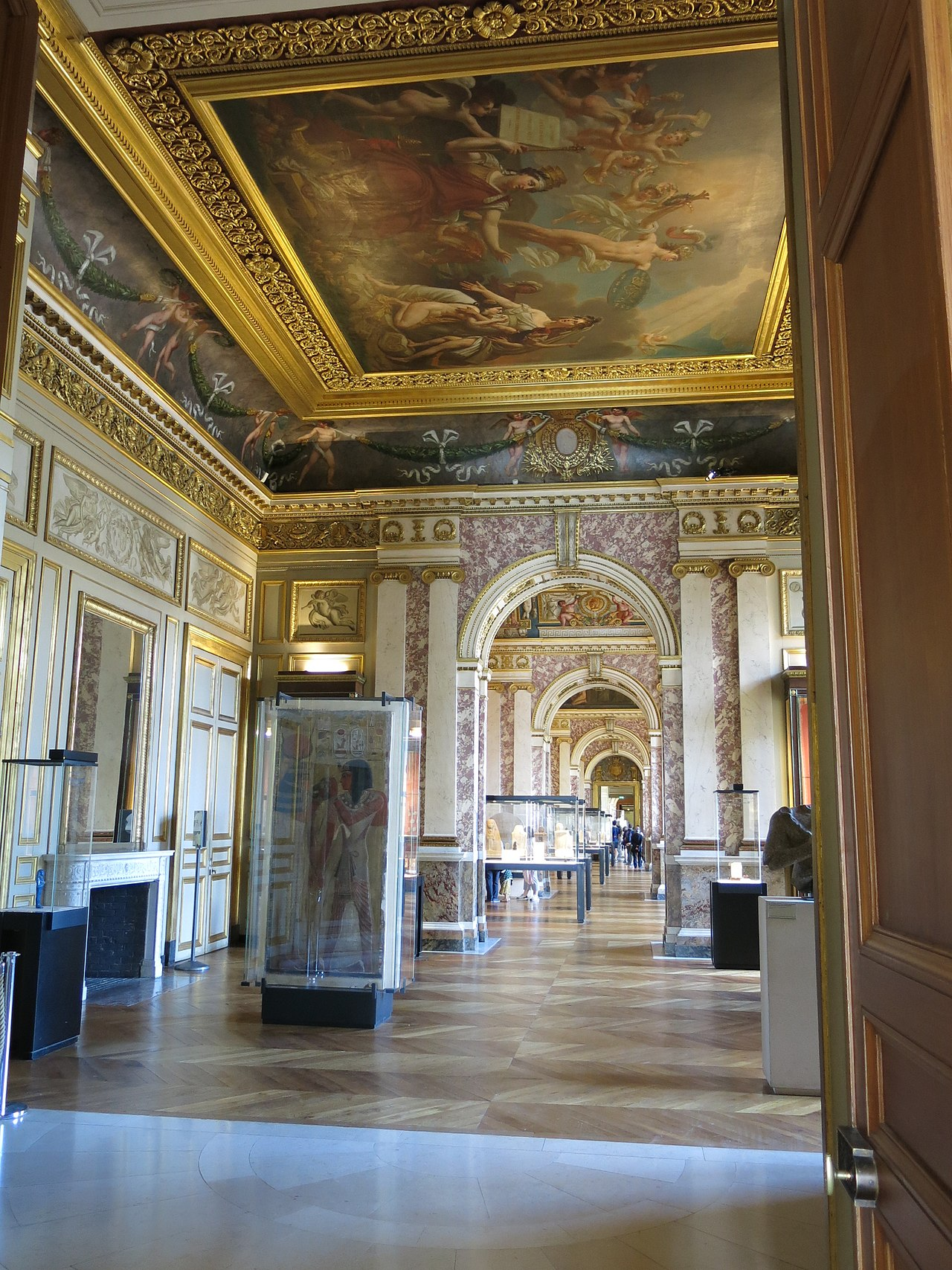
The Louvre Museum—originally a 12th-century fortress transformed into a royal palace and later a public museum—is the most visited museum in the world. Its impressive collection spans from ancient civilizations to 19th-century European art, making it one of the most comprehensive art museums in the world.
Key collections include Greek and Roman antiquities, Near Eastern artifacts, medieval art, and masterpieces of the Renaissance. Its permanent collection includes the ‘Mona Lisa’ by Leonardo da Vinci, the ‘Venus de Milo’, and ‘Winged Victory of Samothrace’. The Louvre not only offers a glimpse into the evolution of artistic styles but also serves as a cultural bridge, connecting diverse historical narratives through art.
Musée d’Orsay
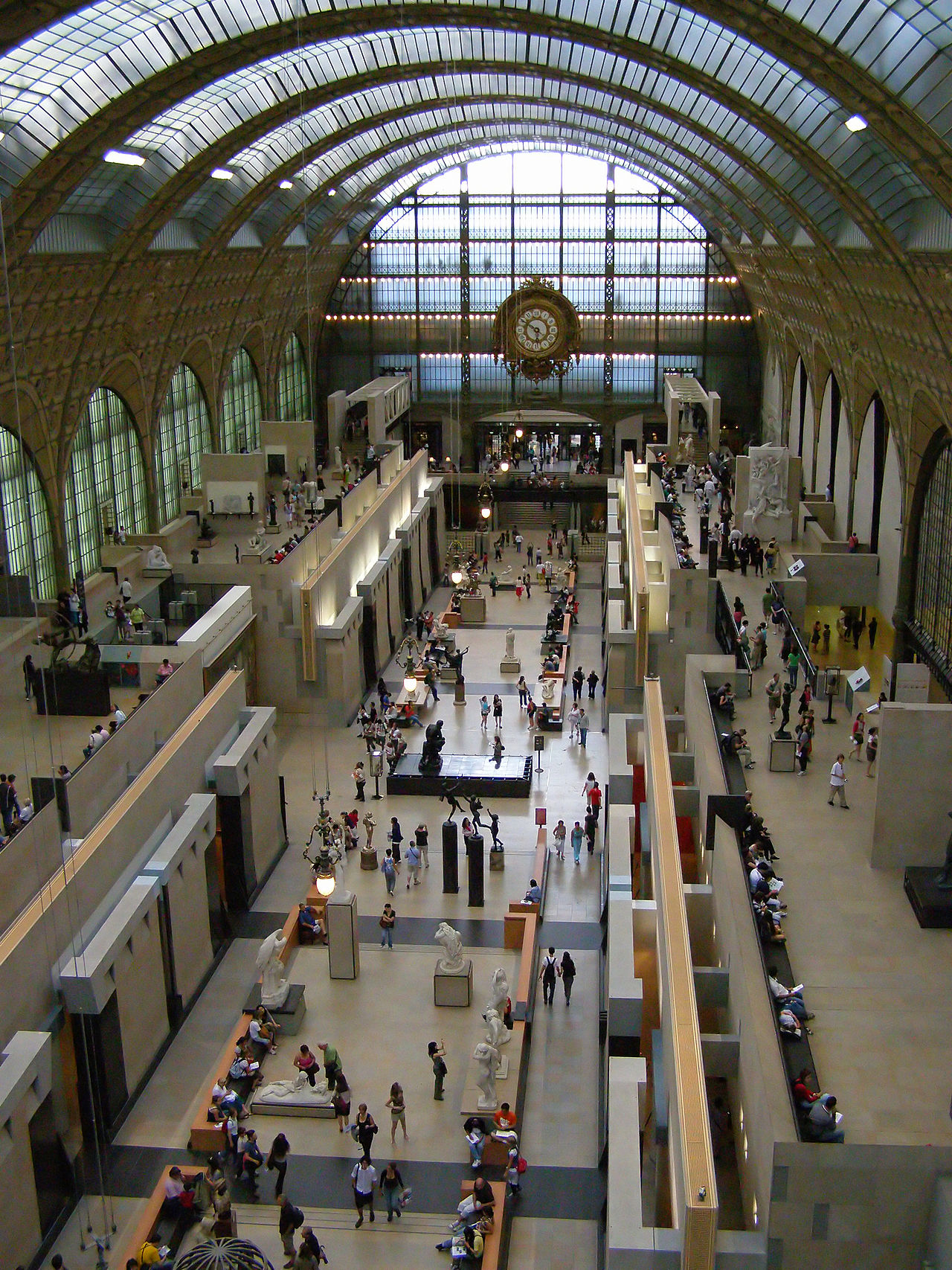
Situated in a beaux-arts railway station on the left bank of the Seine, the Musée d’Orsay is renowned for its extensive collection of Impressionist and Post-Impressionist masterpieces. It houses the world’s largest collection of works by artists like Monet, Manet, Degas, Renoir, Van Gogh, and Gauguin.
This museum offers an in-depth exploration of the art movements that revolutionized color, technique, and subject matter in the late 19th and early 20th centuries. Notable works include Monet’s ‘Blue Water Lilies’, Van Gogh’s ‘Starry Night Over the Rhône’, and Renoir’s ‘Dance at Le Moulin de la Galette’.
Centre Pompidou
The Centre Pompidou—recognized for its high-tech architectural style—embodies the spirit of modern and contemporary art. It hosts a vast collection of 20th and 21st-century artworks, encompassing movements from Cubism and Surrealism to Pop Art and Conceptual Art.
The museum’s assemblage includes pieces by pioneers like Picasso, Kandinsky, and Matisse, alongside contemporary artists. It is not just a museum but also a cultural hub, featuring a library, cinemas, and performance spaces. The Centre Pompidou acts as a focal point for the exploration and interpretation of modern art, encouraging dialogue between art and the public.
Musée de l’Orangerie
Nestled in the corner of the Tuileries Gardens, the Musée de l’Orangerie is most famous for housing Claude Monet’s ‘Water Lilies’ series—enormous panels that adorn two oval rooms, offering an immersive experience.
This museum, though smaller than its counterparts, presents an exquisite collection of Impressionist and Post-Impressionist paintings. Besides Monet, it features works by Cézanne, Matisse, Picasso, and Rousseau, among others. The Musée de l’Orangerie is not just a museum but a sanctuary where the intimate setting allows for a profound engagement with the artworks.
Specialized Art Museums
Rodin Museum
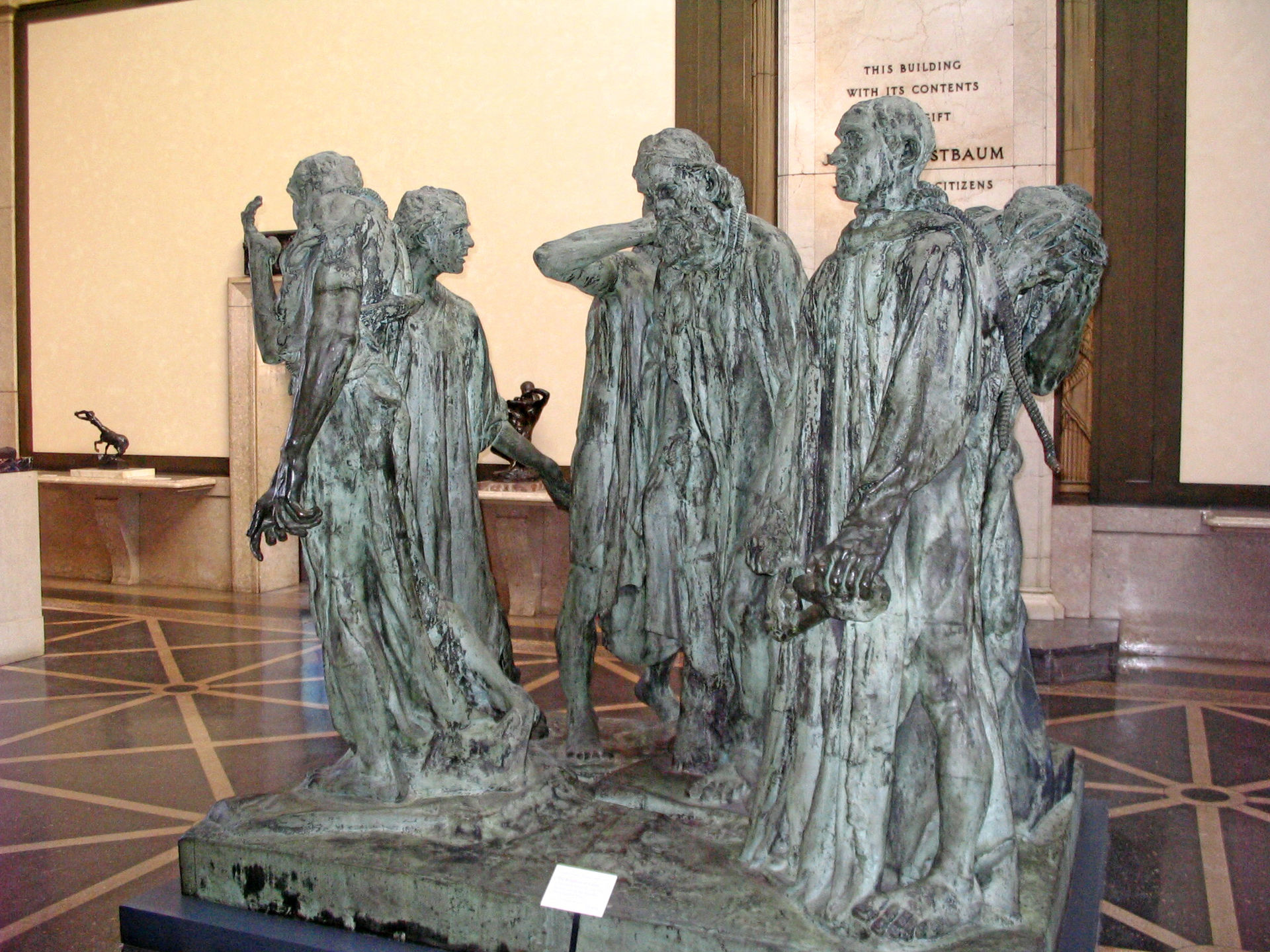
Next on our list of the best museums in Paris is the Rodin Museum. The Rodin Museum—housed in the Hôtel Biron, where Auguste Rodin once worked—dedicates itself entirely to the works of this seminal French sculptor. Visitors can explore Rodin’s creative evolution through various stages of his career, with masterpieces such as ‘The Thinker’ and ‘The Gates of Hell’.
The museum not only showcases his sculptures but also presents Rodin’s lesser-known works in drawing and photography. The surrounding gardens, adorned with his bronze sculptures, provide a serene backdrop, allowing for a comprehensive experience of Rodin’s artistic journey. This museum serves as a focal point for understanding the development of modern sculpture.
Picasso Museum (Musée Picasso)
Located in the historic Marais district, the Picasso Museum holds an extensive collection of Pablo Picasso’s artworks. It provides a deep dive into Picasso’s diverse artistic phases—from his Blue and Rose periods to Cubism and beyond.
The museum’s collection includes not just paintings but also sculptures, engravings, and sketches, offering a holistic view of Picasso’s artistic repertoire. Highlight works include ‘Self-Portrait’, ‘La Celestina’, and ‘The Supplicant’. The Picasso Museum stands as a tribute to the artist’s prolific career and influence, capturing his creative spirit and innovation.
Musée Marmottan Monet
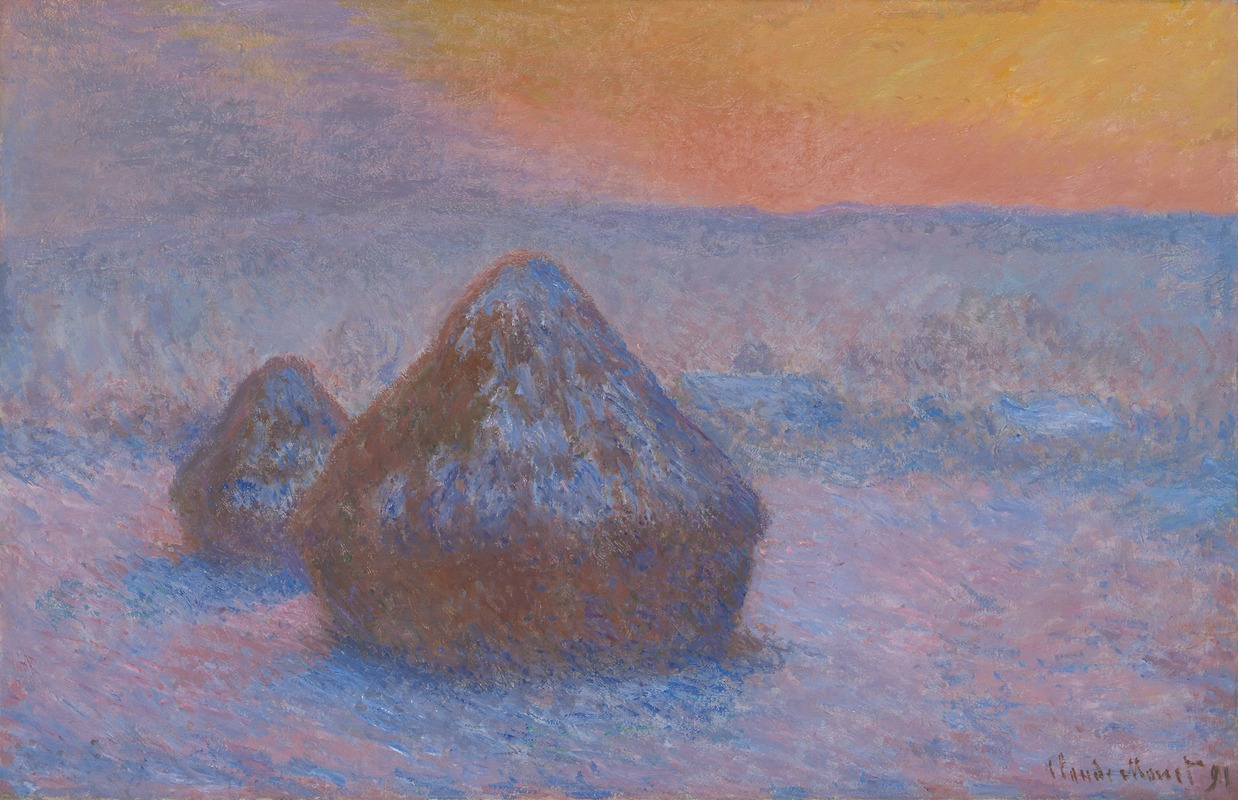
The Musée Marmottan Monet, nestled in the 16th arrondissement of Paris, boasts the largest collection of Claude Monet’s works worldwide. This museum is particularly renowned for its assemblage of Monet’s Impressionist masterpieces, including ‘Impression, Sunrise’, the painting that gave Impressionism its name.
Beyond Monet, the museum also displays works by Morisot, Degas, and Renoir, providing a comprehensive insight into the Impressionist movement. The Musée Marmottan Monet offers an intimate setting where visitors can immerse themselves in the nuances of Monet’s exploration of light and color.
Other Notable Specialized Museums
Paris houses several other specialized museums. Each Paris museum unique collections that cater to specific art interests. For instance, the Musée de l’Orangerie, primarily known for Monet’s ‘Water Lilies’, also features works by Cézanne and Matisse, among others.
The Musée Delacroix, dedicated to Eugène Delacroix, is located in the artist’s former home and studio, providing insight into his life and work. The Musée Jacquemart-André, set in a magnificent mansion, showcases private collections of Italian Renaissance art.
Furthermore, the National Museum of China presents a significant permanent collection of Asian art. These specialized museums offer in-depth explorations into individual artists or specific art movements, enriching Paris’s artistic landscape.
Hidden Gems
Lesser-known but Significant Art Museums in Paris
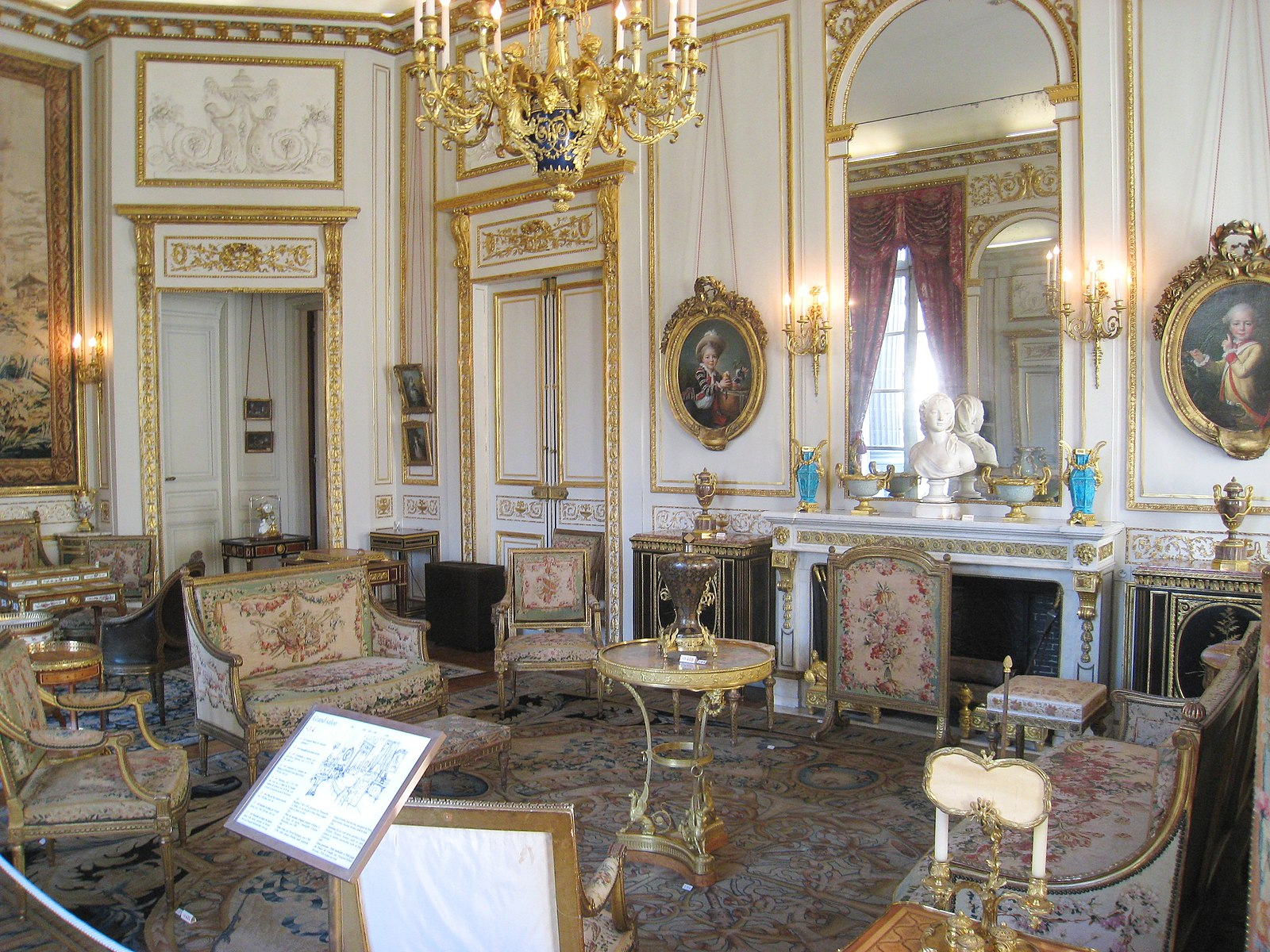
Paris is home to several lesser-known museums that, while smaller in size, are significant in their unique offerings. The Musée Nissim de Camondo, located on the edge of Parc Monceau, houses a remarkable collection of French decorative arts from the 18th century. Another hidden treasure, the Musée Jacquemart-André, displays an exquisite collection of Italian Renaissance and 18th-century French art in an elegant mansion.
The Musée Carnavalet, dedicated to the history of Paris, offers a journey through the city’s past with art, furniture, and artifacts. These museums provide a more intimate and focused experience, often highlighting specific eras, styles, or artistic endeavors.
Unique Offerings of These Smaller, Niche Museums
Each of these lesser-known museums has its unique charm and focus. The Musée Nissim de Camondo, for instance, is set in a beautifully preserved mansion, offering insight into the lifestyle and aesthetics of the French haute bourgeoisie.
The Musée Jacquemart-André impresses with its opulent interiors and a meticulously curated art collection, providing a glimpse into the world of French collectors. The Musée Carnavalet, with its focus on Parisian history, includes everything from prehistoric artifacts to memorabilia from the French Revolution. These museums not only display art but also tell stories, each contributing to a richer understanding of Paris’s cultural heritage.
Tips for Visiting and Avoiding Crowds
To make the most of these hidden gems, a few tips can be handy. First, consider visiting during weekdays or off-peak hours to avoid crowds. Many of these museums are less known to tourists and can offer a more peaceful experience during these times. Purchasing tickets online, when available, can also save time.
Additionally, some museums offer guided tours or audio guides, which can enhance the visit with expert insights into the collections. Lastly, check for any special exhibitions or events, as these smaller museums often host unique shows that are well worth the visit. By planning ahead and choosing less popular times, visitors can enjoy these museums at a leisurely pace, soaking in the art and history they offer without the rush of crowds.
Contemporary Art Scene
Overview of Contemporary Art Museums and Galleries in Paris
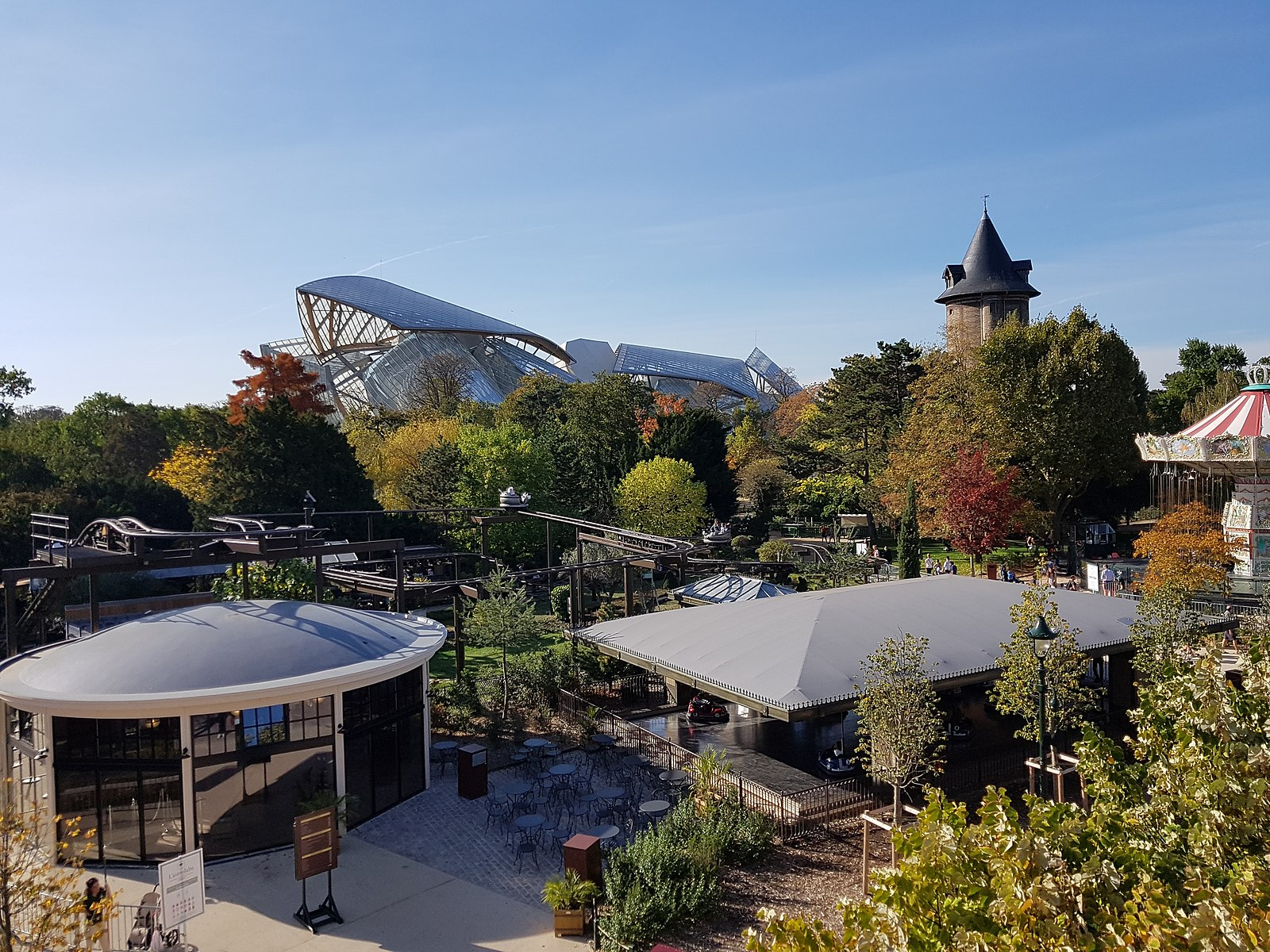
Moktarama – Own work
Paris’s contemporary art scene is as vibrant and dynamic as its historical counterpart. The city hosts a variety of contemporary art museums and galleries, each contributing to the modern artistic discourse.
The Palais de Tokyo, a space dedicated to contemporary art and creativity, stands out for its experimental exhibitions and installations. The Fondation Louis Vuitton, housed in a stunning building designed by Frank Gehry, showcases modern and contemporary art, including pieces from its own collection and international loans.
Additionally, the vibrant gallery scene in neighborhoods like Le Marais and Saint-Germain-des-Prés offers a glimpse into cutting-edge art, with galleries like Galerie Thaddaeus Ropac and Galerie Xippas presenting works from both established and emerging artists.
Discussion on How These Venues Shape Current Art Trends
Contemporary art venues in Paris play a significant role in shaping art trends, both locally and globally. These institutions often set the stage for emerging movements and styles by providing a platform for new and experimental works. The Palais de Tokyo, for instance, is known for showcasing avant-garde exhibitions that challenge traditional boundaries of art.
The Fondation Louis Vuitton not only exhibits contemporary art but also engages in dialogues on art through lectures and workshops, influencing trends and fostering new ideas. Moreover, the numerous galleries in Paris act as incubators for emerging talent, often being the first to exhibit works that later gain international recognition. Through these varied platforms, Paris continues to be a pivotal player in defining contemporary art trends.
Emerging Artists and Movements Featured in These Spaces
These contemporary art spaces in Paris are instrumental in bringing emerging artists and movements to the forefront. The Palais de Tokyo and Fondation Louis Vuitton, among others, have a reputation for showcasing artists who are pushing the boundaries of contemporary art.
These venues often feature works that incorporate new media, interdisciplinary approaches, and innovative expressions, reflecting the evolving landscape of contemporary art. From digital art and interactive installations to new forms of conceptual and performance art, these spaces provide a snapshot of the future of artistic expression.
The galleries in Paris also contribute to this dynamic by representing young artists and hosting exhibitions that explore current themes and issues, ensuring that the contemporary art scene in Paris remains at the cutting edge.
Experiences Beyond Exhibits
Art Workshops, Guided Tours, and Educational Programs in Parisian Museums
Parisian museums offer more than just visual feasts of art—they also provide interactive and educational experiences. Many museums conduct art workshops, where participants can engage in creative processes, often inspired by the museum’s current exhibitions.
These workshops cater to a range of ages and skill levels, making art accessible and enjoyable for everyone. Guided tours are another enriching option, offering deeper insights into collections and individual artworks. These tours, often led by art historians or experts, provide context and background, enhancing the understanding and appreciation of the art on display.
Furthermore, educational programs, including lectures and seminars, are regularly held in these museums. They offer opportunities to delve into art history, theory, and criticism, appealing to both casual art lovers and scholars.
Special Exhibitions and Seasonal Events to Look Out For
Parisian museums are continually evolving their offerings with special exhibitions and seasonal events. These limited-time events can range from retrospectives of a single artist to thematic exhibitions exploring particular art movements or historical periods.
For instance, the Louvre and Musée d’Orsay frequently host exhibitions that draw from their vast reserves or feature international loans. Seasonal events, such as Nuit des Musées (Night of Museums), where museums open late into the night, offer unique experiences to view art in a different light. These special exhibitions and events not only provide fresh perspectives but also highlight the dynamic and ever-changing nature of the Paris art scene.
The Role of Museum Cafes and Shops in Enhancing the Visitor Experience
Museum cafes and shops play a significant role in enhancing the overall visitor experience. Cafes, often located within the museum or in its gardens, provide a space to relax and reflect on the art seen. Many of these cafes are attractions in their own right, boasting beautiful interiors and views. They offer a range of refreshments, often incorporating French cuisine elements, making them perfect spots for a cultural break.
Museum shops complement the visit by offering a selection of art books, replicas, and unique souvenirs. These items allow visitors to take a piece of their experience home, extending the cultural engagement beyond the museum walls. Both cafes and shops contribute to a comprehensive museum experience, merging art appreciation with leisure and learning.
Final Thoughts About Visiting Museums in Paris
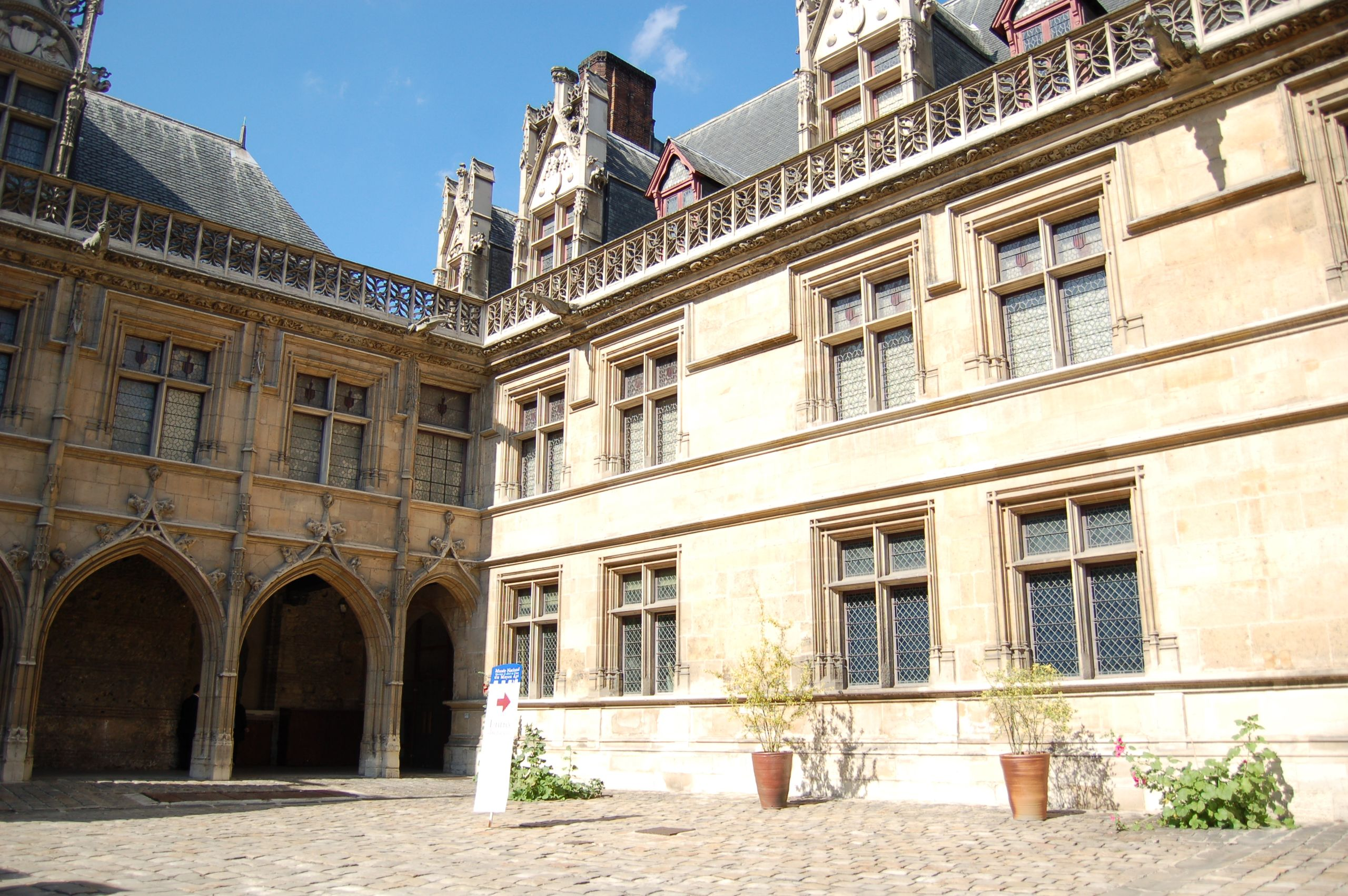
Paris’ art landscape is as diverse as it is rich—encompassing world-renowned institutions like the Musée du Louvre, the Musée de Cluny, the Musée du Quai Branly, the Grand Palais, the National Museum, and Musée d’Orsay, and other museums. (Though we did not explore the Musée du Quai Branly, we do recommend visiting this space designed by French architect Jean Nouvel). This city, with its deep artistic roots and ever-evolving contemporary scene, offers an unparalleled journey through the history and future of art.
Visitors are encouraged to explore both the iconic destinations and the lesser-known museums, each offering unique insights and experiences. Paris, with its enduring appeal as a haven for art lovers, continues to captivate and inspire. It is a city where art is not just displayed but is a living part of its identity—a place where every visit, to every museum, is an opportunity to engage with and be transformed by the power of art.





